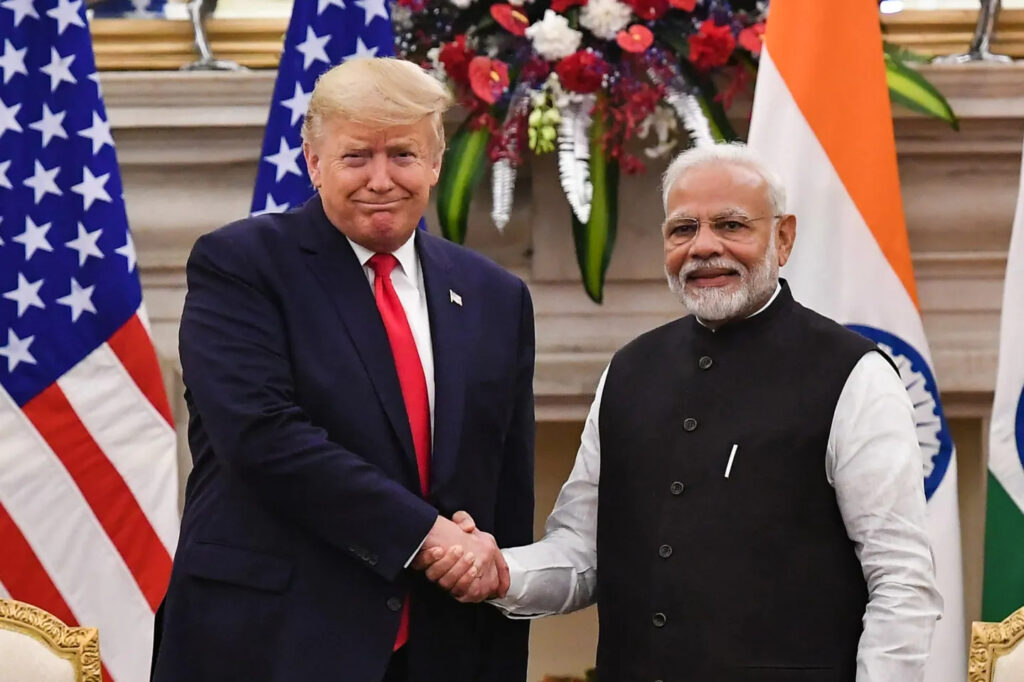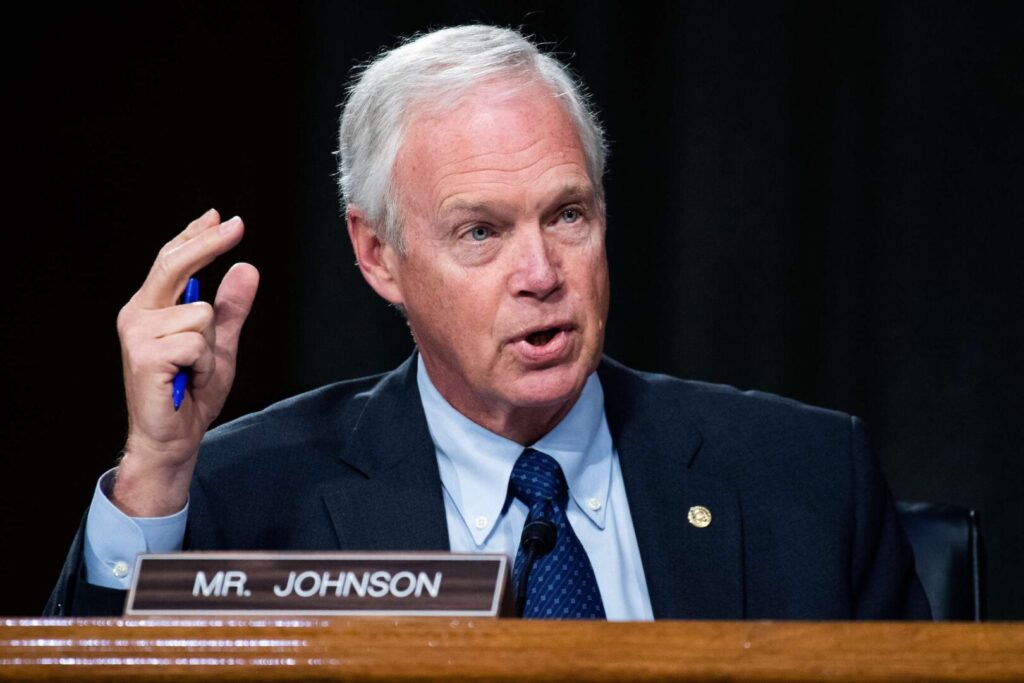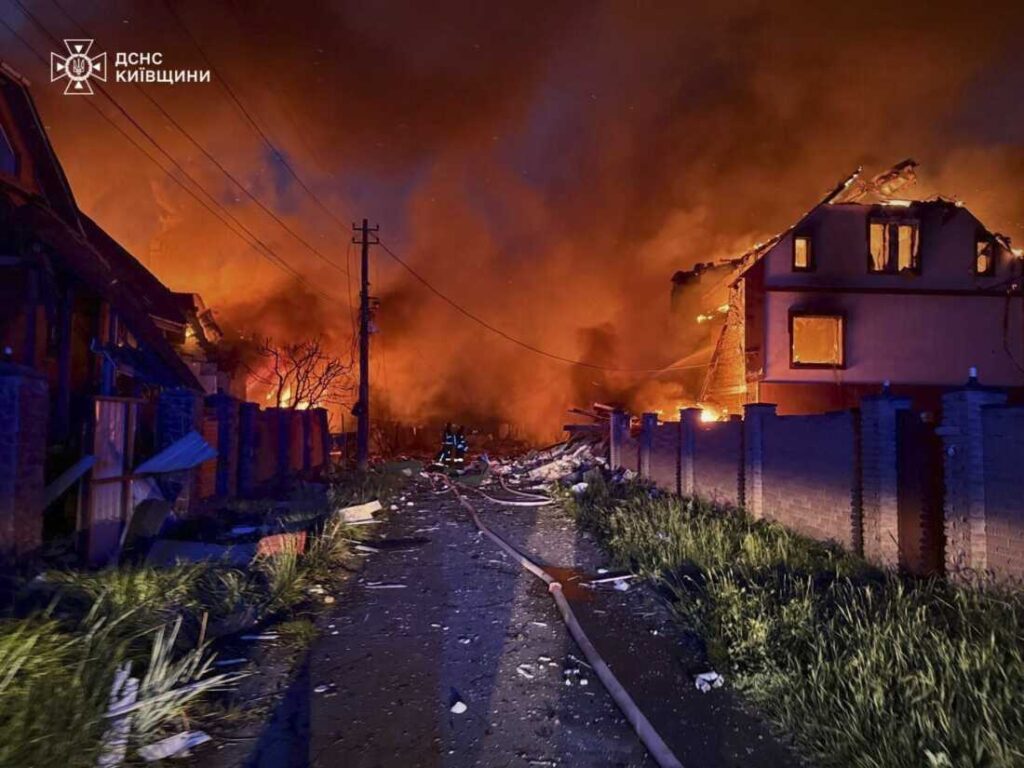President Donald Trump announced Wednesday that the United States will impose a 25% tariff on goods from India, along with an additional import tax in response to India’s continued purchases of oil and military equipment from Russia.
“India is our friend,” Trump posted on Truth Social, “but their tariffs on U.S. products are far too high.”
Trump said the penalties would take effect Friday as part of a broader overhaul of tariffs on multiple countries. He told reporters that negotiations with India remain ongoing despite the looming tariff deadline.
“We’re talking to India now,” Trump said. “We’ll see what happens.”
The Indian government responded Wednesday, saying it is reviewing the implications of the U.S. announcement.
India’s Ministry of Commerce and Industry said the country remains committed to reaching a “fair, balanced and mutually beneficial” bilateral trade agreement and that negotiations have been underway for several months.
Broader Tariff Measures
In addition to the tariffs on India, Trump signed separate orders Wednesday to impose a 50% tariff on copper imports and to justify similar tariffs on Brazil. He cited Brazil’s prosecution of former President Jair Bolsonaro and its treatment of American social media companies as reasons for the move.
Trump also ordered the closure of the “de minimis” loophole, which allowed shipments valued under $800 to enter the U.S. duty-free, predominantly from China.
The new measures follow several recently negotiated trade frameworks with the European Union, Japan, the Philippines and Indonesia. Trump said those deals would help open markets to American goods while giving the U.S. flexibility to raise taxes on imports.
Economic Impact and Goals
Trump has long promoted tariffs as a way to reduce the federal deficit and revive domestic manufacturing, especially after the passage of his income tax cuts. However, many economists warn that the new tariffs could contribute to inflation and slow economic growth by raising costs for American businesses and consumers.
Kevin Hassett, director of the White House National Economic Council, said the administration will announce the additional Russia-related tariff rates on India at a later date, alongside U.S. Trade Representative Jamieson Greer.
India’s Position and Trade Relations
India, with a population of more than 1.4 billion, is the world’s most populous nation and is viewed by Washington as a critical counterweight to China.
Prime Minister Narendra Modi has maintained a cordial relationship with Trump, and the two nations have expressed interest in deepening strategic and economic cooperation. Earlier this year, Trump said India would begin purchasing U.S. oil and natural gas.
However, the new tariffs could complicate India’s aim to double bilateral trade with the U.S. to $500 billion by 2030. While the U.S. seeks greater access to Indian markets and reduced tariffs on its exports, Indian officials have resisted opening sectors such as agriculture and dairy, which are vital to livelihoods in rural areas.
According to the U.S. Census Bureau, the United States recorded a $45.8 billion trade deficit with India in goods last year.
Ajay Sahai, director general of the Federation of Indian Export Organisations, said the move could hurt Indian exporters.
“We are back to square one, as Trump hasn’t spelled out what the penalties would be in addition to the tariff,” Sahai said. “The demand for Indian goods is bound to be hit.”
India’s close ties with Russia and its reluctance to support Western sanctions against Moscow over the Ukraine invasion remain a point of friction between New Delhi and Washington.



